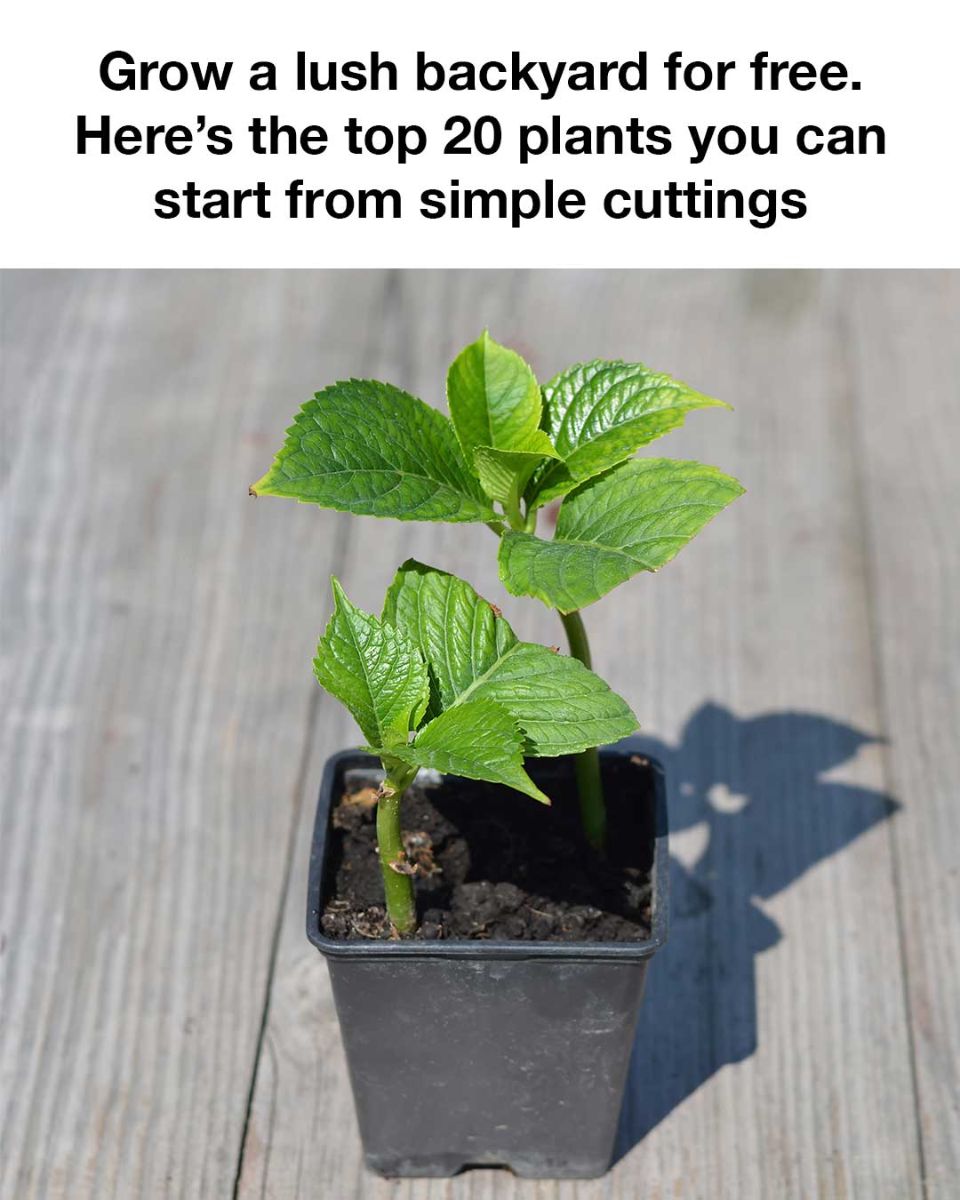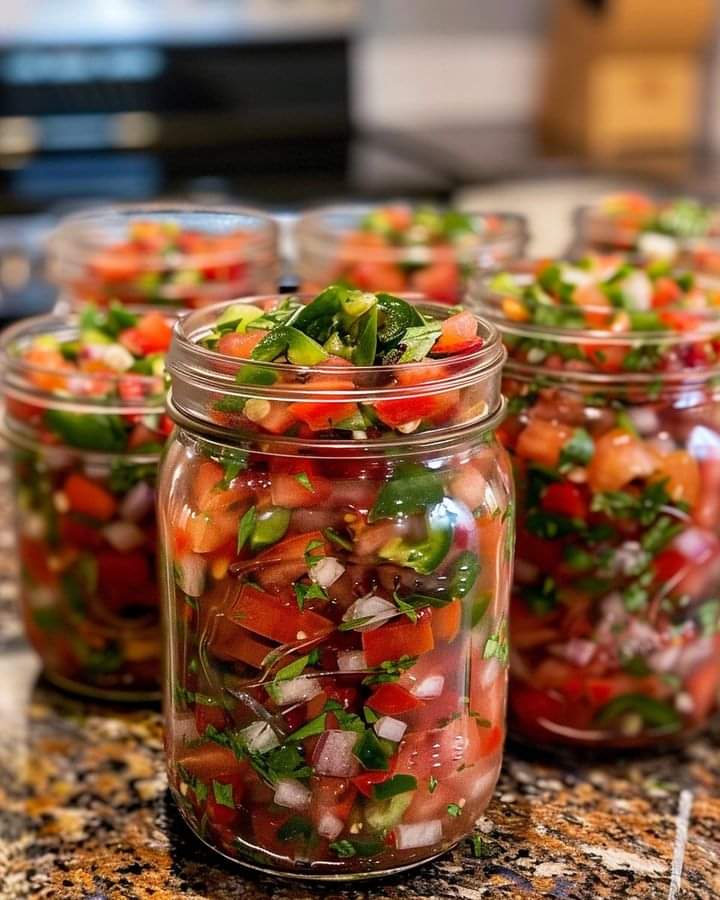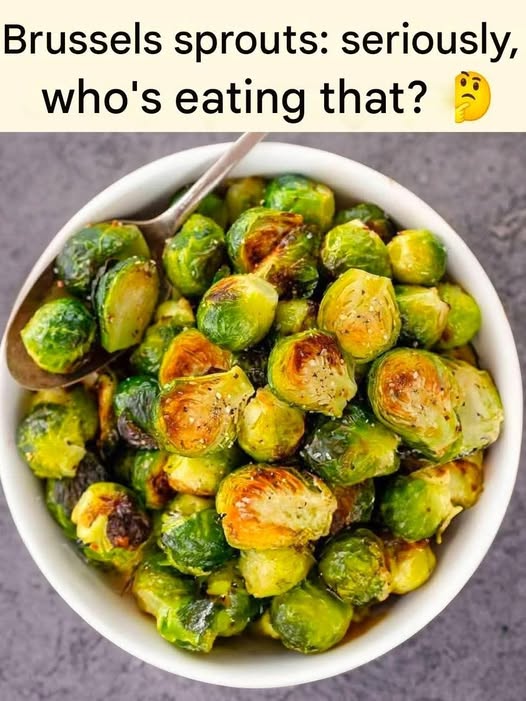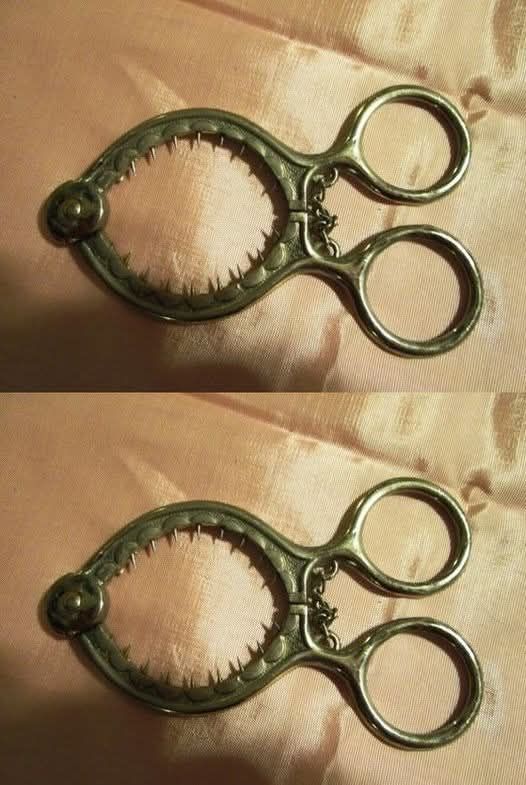Creating a lush, vibrant backyard doesn’t always require a hefty budget. With the right knowledge, a little bit of patience, and a touch of creativity, you can transform your outdoor space into a flourishing garden oasis using plant cuttings. This method not only saves you money but also allows you to cultivate plants that are tailored to thrive in your specific environment. Many people are unaware of how simple and effective propagating plants through cuttings can be, and it’s a hidden gem in the world of gardening. Let’s dive into the fascinating world of plant propagation and how you can use cuttings to enhance your backyard.
What Is Plant Propagation Through Cuttings?
Plant propagation through cuttings is the process of taking a portion of a parent plant and encouraging it to grow into a new, independent plant. This technique is widely used and works for many types of plants, including both perennial and annual varieties. Propagation through cuttings involves selecting healthy stems, leaves, or roots from the parent plant and providing the ideal conditions for the cutting to root and develop into a new plant. Essentially, you’re cloning the parent plant, ensuring that the new plant will have the same traits, including size, color, and growth habits.
While some may see this as a simple process, it is both an art and a science. Knowing the right time to take cuttings, how to prepare them, and how to create the perfect environment for rooting are all critical elements in achieving success.
Why Start Plants from Cuttings?
Starting plants from cuttings offers several key benefits, making it an attractive option for gardeners. Here’s why you should consider using cuttings to grow your garden:
- Cost-Effective: Purchasing plants can quickly add up, especially if you’re trying to create a lush garden with various varieties. Propagating plants from cuttings can save you a significant amount of money, allowing you to grow more plants for less.
- Genetic Consistency: When you propagate plants from cuttings, the new plants are genetic clones of the parent plant. This means they will have the same growth characteristics, flower color, and overall look. This is particularly useful if you have a plant variety you really love and want to replicate exactly.
- Faster Growth: Starting from cuttings can be quicker than growing plants from seeds. Cuttings have already matured to some degree, so they can establish roots and start growing faster than seeds, which need time to germinate and grow.
- Sharing with Friends and Family: Propagation through cuttings allows you to share plants with loved ones. It’s an easy way to spread the joy of gardening, and it can also help build a sense of community.
- Customization: By taking cuttings from plants that do well in your garden, you ensure that the new plants will be suited to your specific growing conditions. This is especially useful for gardeners in areas with particular climates or soil conditions.
Essential Tools and Materials for Propagation
Successful plant propagation requires some basic tools and materials. Here’s what you’ll need to get started:
- Pruning Shears or Scissors: A sharp, clean pair of shears or scissors is essential for taking healthy cuttings. Dull or dirty tools can damage the plant and introduce infections.
- Rooting Hormone: While not always necessary, rooting hormone can encourage faster root development in many plants. It’s especially useful for woody plants like roses or hydrangeas.
- Small Pots or Containers: You’ll need small containers to plant your cuttings in. These pots should have drainage holes to prevent water from accumulating and causing rot.
- Well-Draining Potting Mix: The type of potting mix you use will depend on the plants you’re propagating, but a well-draining mix is a must. A combination of peat moss, perlite, and vermiculite is commonly used for most cuttings.
- Clear Plastic Bag or Propagator: To maintain humidity around your cuttings, you can cover them with a clear plastic bag or use a propagator. This helps create a mini greenhouse effect, keeping the cuttings moist while they root.
- Labels: Keeping track of the different varieties of plants you’re propagating is important, especially if you’re working with several species. Use plant labels or popsicle sticks to write down which plant is which.
Preparing Your Backyard for New Plants
Before you start propagating plants, it’s essential to prepare your backyard. Here’s a checklist to help you get your outdoor space ready:
- Assess Sunlight and Soil: Understanding your backyard’s light conditions and soil quality is key to choosing the right plants. Some plants need full sun, while others thrive in the shade. Similarly, some plants prefer rich, loamy soil, while others are more tolerant of poor soil. Take the time to test the soil’s pH and drainage capabilities to ensure you’re planting in optimal conditions.
- Clear the Area: Remove weeds, rocks, or debris that might obstruct plant growth. A clean slate will give your plants the best chance to thrive.
- Amend the Soil: If necessary, add compost or organic matter to enrich the soil. This will improve its fertility and provide essential nutrients for your new plants.
- Plan the Layout: Think about how you want to arrange your plants. Consider the height, color, and blooming periods of different species to create a balanced, visually appealing layout. Keep in mind that some plants will grow taller than others, so plan accordingly.
Top 20 Plants to Propagate from Cuttings
Now that you understand the basics of plant propagation, let’s take a look at 20 plants that are ideal for starting from cuttings:
- Rose: Roses are a classic garden staple. Take a cutting from a healthy stem just below a node, dip the end in rooting hormone, and plant it in a pot. Roses love the sun and well-drained soil.
- Lavender: Lavender is easy to propagate from cuttings. Cut a non-flowering stem, remove the lower leaves, and plant it in sandy soil. Lavender thrives in full sun and well-drained soil.
- Mint: Mint is one of the easiest herbs to propagate. Simply place a cutting in water until it roots, then plant it in the garden. Mint prefers partial shade and moist soil.
- Basil: Another culinary herb, basil is quick to propagate from cuttings. Place the cutting in water until roots form, then transfer it to a pot with well-draining soil.
- Geranium: Geraniums are vibrant, colorful plants that thrive in the sun. Take a cutting from a healthy stem, dip it in rooting hormone, and plant it in a pot with well-draining soil.
- Hydrangea: Hydrangeas can be propagated from softwood cuttings. Cut a non-flowering stem, dip the cut end in rooting hormone, and plant it in a well-draining mix.
- Fuchsia: Known for their beautiful hanging flowers, fuchsias can be propagated from cuttings taken from healthy stems. They prefer partial shade and moist soil.
- Pothos: Pothos is a resilient plant that can thrive indoors and outdoors. Take a cutting with at least two nodes and root it in water or a pot with well-draining soil.
- Spider Plant: Spider plants are easy to propagate from their “babies.” Simply detach a plantlet, place it in water, and wait for roots to form.
- Jade Plant: A succulent, jade plants can be propagated from stem cuttings. Let the cutting callus for a few days before planting it in well-draining soil.
- Succulents: Many succulents, including Echeveria, Sedum, and Aloe, can be propagated from leaf or stem cuttings. Allow the cuttings to callus before planting them in a well-draining mix.
- Begonia: Begonias are known for their attractive foliage and can be propagated from leaf or stem cuttings. They prefer bright, indirect light.
- Coleus: With their vibrant foliage, coleus plants are easy to propagate. Simply take a cutting, place it in water until roots develop, and then plant it in a pot.
- Philodendron: A popular houseplant, the philodendron is easy to propagate from stem cuttings. Place the cutting in water until it roots, then plant it in well-draining soil.
- Rosemary: Rosemary is a fragrant herb that can be propagated from cuttings. Take a cutting from a healthy stem, dip it in rooting hormone, and plant it in well-drained soil.
- Sage: Sage is another hardy herb that can be propagated from cuttings. It thrives in full sun and well-drained soil.
- Thyme: A low-growing herb, thyme can be propagated from cuttings. Place the cuttings in a pot with sandy soil and keep it in full sun.
- African Violet: These indoor favorites can be propagated from leaf cuttings. Place the cutting in a pot with well-draining soil and provide bright, indirect light.
- Snake Plant: Snake plants are tolerant of low light and infrequent watering. To propagate, cut a leaf into sections and plant them in well-draining soil.
- ZZ Plant: ZZ plants are resilient and can be propagated from leaf cuttings. Let the cutting dry before planting it in a pot with well-draining soil.
Caring for Your New Plants: Watering and Fertilization
Once your cuttings have rooted and are ready to be planted in your backyard, proper care is essential for their continued growth. Here are some basic care guidelines:
- Watering: Keep the soil consistently moist but not waterlogged. Ensure the pot has good drainage to prevent water from pooling at the bottom.
- Fertilization: Use a balanced, slow-release fertilizer to provide the essential nutrients needed for healthy growth. Be sure to follow the recommended dosage to avoid overfeeding.
- Light: Most plants need at least a few hours of sunlight each day to thrive. Be sure to place your plants in locations that suit their light requirements.
- Temperature and Humidity: Many plants, especially tropical varieties, require warm temperatures and high humidity. Consider using a humidifier or a plastic bag over the plants to maintain humidity while they establish roots.
Troubleshooting Common Propagation Issues
Although propagation is relatively easy, it does come with its challenges. Here are some common issues you might encounter:
- Failed Rooting: Sometimes, cuttings won’t root, even if you’ve followed the instructions carefully. This can happen if the cutting is taken from an unhealthy plant or the rooting conditions aren’t right. Make sure you’re using clean tools and containers and that the cuttings have enough humidity.
- Mold or Rot: Mold or
rot can occur if the cuttings are kept too moist or in a damp environment for too long. Ensure there is good air circulation and check that the soil isn’t overly wet.
- Slow Growth: Some plants take longer to root and establish than others. Be patient and ensure your plants are receiving the proper care in terms of water, light, and nutrients.
Conclusion: Enjoying Your Lush Backyard
By propagating plants from cuttings, you can create a vibrant, diverse backyard that flourishes year-round without spending a fortune. This rewarding process not only allows you to grow a garden filled with plants that are perfectly suited to your space but also gives you a sense of pride and accomplishment. Watching your plants grow, thrive, and bloom will provide lasting enjoyment for you and your family. The best part is, you don’t have to be an expert to start. All it takes is a little bit of knowledge, patience, and a love for gardening.





